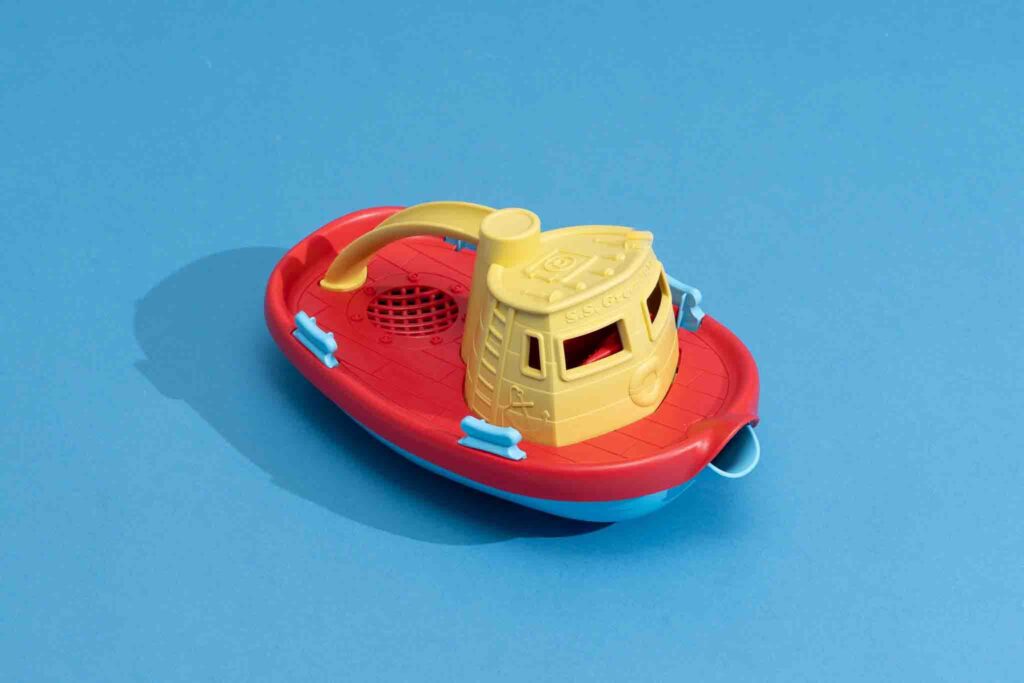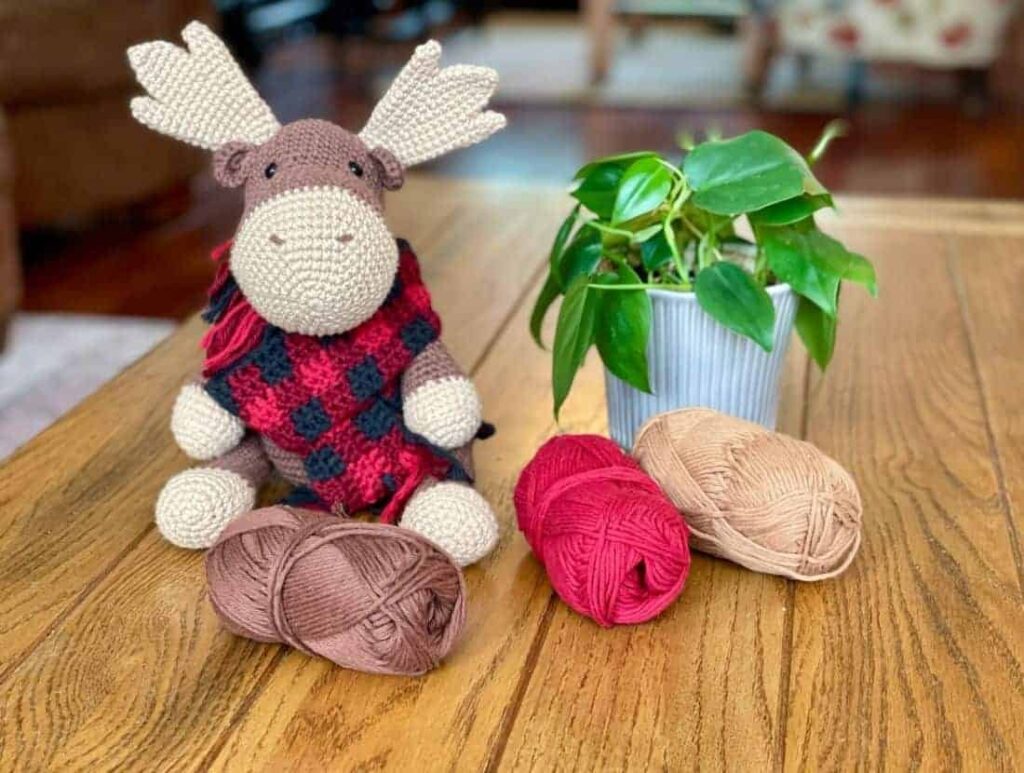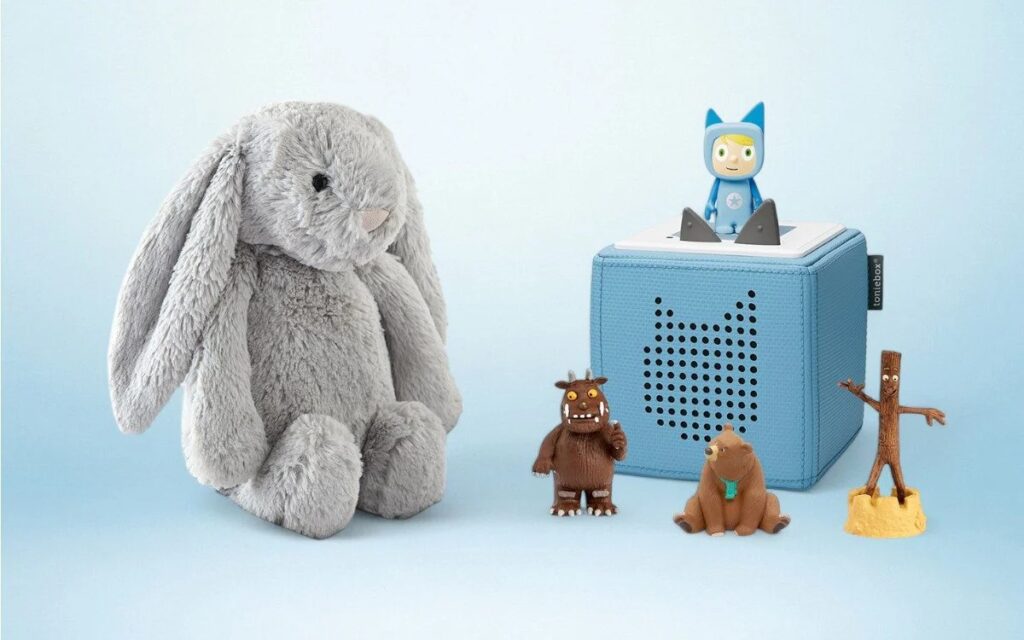When it comes to toys, the materials used are more than just a design choice—they define the toy’s safety, durability, and overall experience for children. Parents, manufacturers, and designers alike ask: what materials are truly suitable for toys that kids can play with safely and joyfully? In today’s market, with rising concerns over toxicity and environmental impact, selecting the right materials has become more crucial than ever.
Suitable toy materials are those that combine safety, durability, sensory appeal, and sustainability. Non-toxic natural fibers, durable synthetics, and innovative eco-friendly fabrics are the top choices, meeting safety regulations while enhancing play value. This balance ensures toys are both fun and safe for children across all age groups.
Imagine a beloved teddy bear that’s been passed down through generations — its fabric not only carries memories but also embodies years of careful material choices. Curious about how to pick materials that create lasting, safe, and enjoyable toys? Let’s dive into everything you need to know.
1. What materials are safest for making toys?

The safest materials for toys are non-toxic, hypoallergenic, and free from harmful chemicals. They meet strict safety certifications to protect children’s health.
- Regulatory Standards Matter: Different countries have safety standards like ASTM F963 (USA) or EN71 (Europe), which specify acceptable materials and chemical limits. Ensuring your toy materials meet these certifications is essential for market acceptance and safety assurance.
- Natural Fibers vs. Synthetics: Natural fibers such as organic cotton and wool are often safer because they avoid chemical treatments, but they must be certified to be free of pesticides and dyes. Synthetics require careful selection to avoid phthalates, BPA, or other harmful additives.
- Hypoallergenic Materials: For babies and sensitive children, hypoallergenic fabrics reduce allergic reactions. Bamboo fiber and organic cotton are popular choices.
- Flame Retardants and Treatments: While flame retardants increase safety, some are toxic. Opt for materials with safe, non-toxic fire resistance or inherent flame retardancy like wool.
- Certifications to Look For: OEKO-TEX, GOTS (Global Organic Textile Standard), and CPSIA compliance signals high safety levels.
Choosing safe materials protects children from chemical exposure and ensures peace of mind for parents and manufacturers alike.
| Aspect | Details |
|---|---|
| Regulatory Standards | ASTM F963 (USA), EN71 (Europe) specify safe materials and chemical limits |
| Natural Fibers vs. Synthetics | Organic cotton, wool safer if certified free of pesticides/dyes; synthetics avoid phthalates, BPA |
| Hypoallergenic Materials | Bamboo fiber, organic cotton reduce allergic reactions, ideal for babies and sensitive kids |
| Flame Retardants & Treatments | Choose safe, non-toxic options or inherently flame-retardant materials like wool |
| Certifications to Look For | OEKO-TEX, GOTS, CPSIA ensure high safety and quality standards |
2. Which materials offer the best durability and longevity for toys?

Materials like high-quality polyester plush, nylon, and reinforced cotton blends provide excellent wear resistance, making toys last longer under frequent use.
- Wear and Tear Resistance: Toys must endure chewing, tugging, and washing. Synthetic fibers such as nylon and polyester plush resist abrasion better than many natural fabrics.
- Material Construction: Tight weaves and double stitching improve durability regardless of material type.
- Balancing Softness and Strength: Some synthetics are engineered for softness while maintaining toughness, like minky fabric or velboa.
- Impact on Safety: Durable materials reduce choking hazards from torn fabric or loose stuffing.
- Maintenance and Washability: Durable materials tolerate machine washing and dry cleaning, keeping toys hygienic and extending lifespan.
Selecting durable materials reduces replacement frequency, saving costs and minimizing environmental waste.
| Aspect | Details |
|---|---|
| Wear and Tear Resistance | Nylon, polyester plush resist abrasion better than many natural fabrics |
| Material Construction | Tight weaves and double stitching enhance durability regardless of material |
| Balancing Softness & Strength | Some synthetics like minky or velboa offer softness with toughness |
| Impact on Safety | Durable materials reduce risks from torn fabric or loose stuffing |
| Maintenance & Washability | Materials withstand machine washing and dry cleaning, keeping toys hygienic and long-lasting |
3. How do different materials impact the sensory and tactile experience of toys?

The choice of materials affects how a toy feels and interacts with children, influencing comfort, engagement, and developmental benefits.
- Texture Variety: Smooth velboa, fluffy faux fur, and soft organic cotton each provide unique tactile sensations stimulating a child’s sense of touch.
- Weight and Flexibility: Lightweight fabrics encourage cuddling, while slightly firmer materials can support shaping and form retention.
- Temperature Sensitivity: Natural fibers tend to breathe better, feeling cooler in warm conditions, improving comfort.
- Auditory and Visual Effects: Some materials incorporate crinkles, rattles, or reflective surfaces enhancing multi-sensory play.
- Developmental Impact: Sensory-rich toys made from diverse materials help improve fine motor skills and sensory integration in children.
Thoughtful material selection enhances playtime quality, turning toys into interactive learning tools.
| Aspect | Details |
|---|---|
| Texture Variety | Velboa, faux fur, and organic cotton provide unique tactile sensations stimulating touch |
| Weight and Flexibility | Lightweight fabrics encourage cuddling; firmer materials help with shaping and form retention |
| Temperature Sensitivity | Natural fibers breathe better, feeling cooler and improving comfort |
| Auditory and Visual Effects | Materials with crinkles, rattles, or reflective surfaces enhance multi-sensory play |
| Developmental Impact | Sensory-rich materials aid fine motor skills and sensory integration in children |
4. Are there eco-friendly and sustainable materials suitable for toy production?

Yes, many sustainable materials are now available, such as organic cotton, bamboo fiber, recycled polyester, and biodegradable plastics.
- Organic and Renewable Fibers: Organic cotton and bamboo are grown without harmful pesticides and use less water, making them eco-friendly.
- Recycled Materials: Polyester made from recycled plastic bottles reduces waste and energy consumption during production.
- Biodegradable Alternatives: PLA (polylactic acid) bioplastics and natural rubber offer compostable options for certain toy parts.
- Environmental Impact: Using sustainable materials cuts down on carbon footprint, supports circular economy, and appeals to eco-conscious consumers.
- Challenges: Cost and performance sometimes lag behind traditional materials, requiring balance and innovation.
- Consumer Demand: Increasingly, buyers prefer brands committed to sustainability, making eco-friendly materials a strategic choice for manufacturers.
Sustainability aligns business success with responsibility to the planet and future generations.
| Aspect | Details |
|---|---|
| Organic & Renewable Fibers | Organic cotton and bamboo grown without pesticides, use less water, eco-friendly |
| Recycled Materials | Polyester from recycled plastic bottles reduces waste and energy consumption |
| Biodegradable Alternatives | PLA bioplastics and natural rubber provide compostable options for toy parts |
| Environmental Impact | Sustainable materials lower carbon footprint and support circular economy |
| Challenges | Higher cost and sometimes lower performance vs traditional materials require balance and innovation |
| Consumer Demand | Growing preference for sustainability drives market demand for eco-friendly toys |
5. Do innovative materials improve toy safety and functionality?

Innovations like antimicrobial fabrics, smart textiles, and advanced composites enhance toy safety, hygiene, and interactivity.
- Antimicrobial Fabrics: These reduce bacteria and odor buildup, especially useful in plush toys prone to germ accumulation.
- Smart Textiles: Embedded sensors can enable interactive toys responding to touch, sound, or temperature.
- Advanced Composites: Lightweight yet strong materials protect delicate electronic components in modern toys.
- Safety Benefits: New coatings can increase stain resistance and reduce allergen retention.
- Cost and Scalability: Adoption of innovative materials requires investment but offers product differentiation.
- Examples: Toys with washable antimicrobial covers or temperature-sensitive plush toys that change color enhance user experience.
Innovation fuels the future of toys, blending technology and material science for safer, smarter play.
| Aspect | Details |
|---|---|
| Antimicrobial Fabrics | Reduce bacteria and odor buildup, ideal for plush toys |
| Smart Textiles | Embedded sensors enable interactive responses to touch, sound, or temperature |
| Advanced Composites | Lightweight, strong materials protect delicate electronic parts |
| Safety Benefits | New coatings improve stain resistance and reduce allergen retention |
| Cost and Scalability | Innovative materials require investment but provide product differentiation |
| Examples | Washable antimicrobial covers, color-changing temperature-sensitive plush toys |
6. How to choose the right material based on the toy’s intended use and age group?

Material suitability varies by child’s age, play type, and environment, balancing safety and functionality.
- Infants and Toddlers: Require ultra-soft, hypoallergenic, and chew-safe materials without small detachable parts.
- Preschool and Older Children: Can handle more durable fabrics with interactive features and varied textures.
- Outdoor vs Indoor Use: Outdoor toys benefit from weather-resistant and UV-stable materials; indoor toys prioritize softness and washability.
- Size and Weight Considerations: Lightweight toys for easy handling; heavier fabrics for durability or comfort.
- Safety First: Avoid toxic dyes, choking hazards, and sharp edges regardless of material.
- Parental Preferences: Consider cultural norms and consumer expectations for material quality and ethical sourcing.
Choosing materials with the end-user in mind maximizes safety, enjoyment, and product success.
Common Toy Materials and Their Key Features
| Material | Safety Level | Durability | Sensory Feel | Eco-Friendliness | Typical Use Cases |
|---|---|---|---|---|---|
| Organic Cotton | Very High (certified) | Moderate | Soft & breathable | High | Plush toys, baby blankets |
| Polyester Plush | Moderate | High | Very soft | Low (unless recycled) | Stuffed animals, costume toys |
| Nylon | Moderate | Very High | Smooth, firm | Low | Durable play toys, outdoor toys |
| Bamboo Fiber | High | Moderate | Soft & silky | High | Baby toys, sensory toys |
| Recycled Polyester | Moderate | High | Soft to firm | Moderate to High | Eco-friendly plush toys |
| Bioplastics (PLA) | High | Moderate | Hard plastic | High | Toy parts, eco-friendly toys |
At Kinwin, we specialize in customizing high-quality toy materials tailored to your needs — combining safety, durability, and eco-conscious innovation. Reach out today to inquire about custom plush toy solutions that stand out in quality and sustainability.




